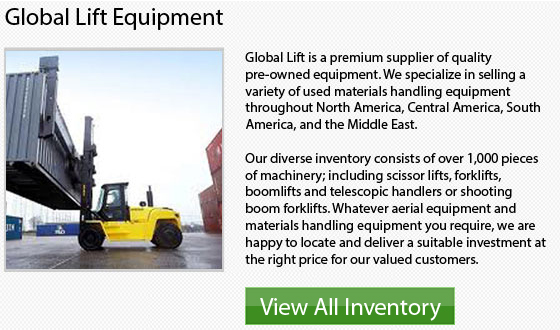
Checking your Fork Truck for Safety
Similar to any industrial equipment, the fork truck must be utilized with some care. Though, unlike an automobile, steering is done on the back wheel giving the machine a different center of balance. Anyone working within the vicinity of a fork truck and anyone using this machinery should understand safe operating procedures and workplace safety guidelines.
Safe operation of a fork truck initially includes inspecting the truck before using it. Operators should check for potential dangers such as fluid leaks and worn tires. The forks, lifts and the overhead guard must be checked thoroughly. The safety handle should be used when the forklift is being mounted.
To ensure that they are operating right, the alarms, lights and horns should be tested on a regular basis while the monitors and gauges may have to be adjusted. Safety belt must be fastened and seat adjusted before starting the truck.
Taking careful turns and choosing a lower rate of speed will help the operator avoid tipping the machine. If the load blocks the operator's vision, the truck should be driven in reverse gear. Always be alert of the location of any pedestrians and obstacles while driving.
To avoid any risk of injury, the operator should always sit inside the cage enclosure and keep all the body parts inside. The forks must be kept several inches above the ground when driving. Never lower or raise lifts while you are driving or the truck could become unstable. Never allow anybody to walk under lift when the engines are running.
Stopping at intersections and watching for approaching traffic are basics for driving safely. It is a great idea to sound the horn before proceeding as well as occasionally when operating within aisles. That way, you would warn any approaching person to your presence.